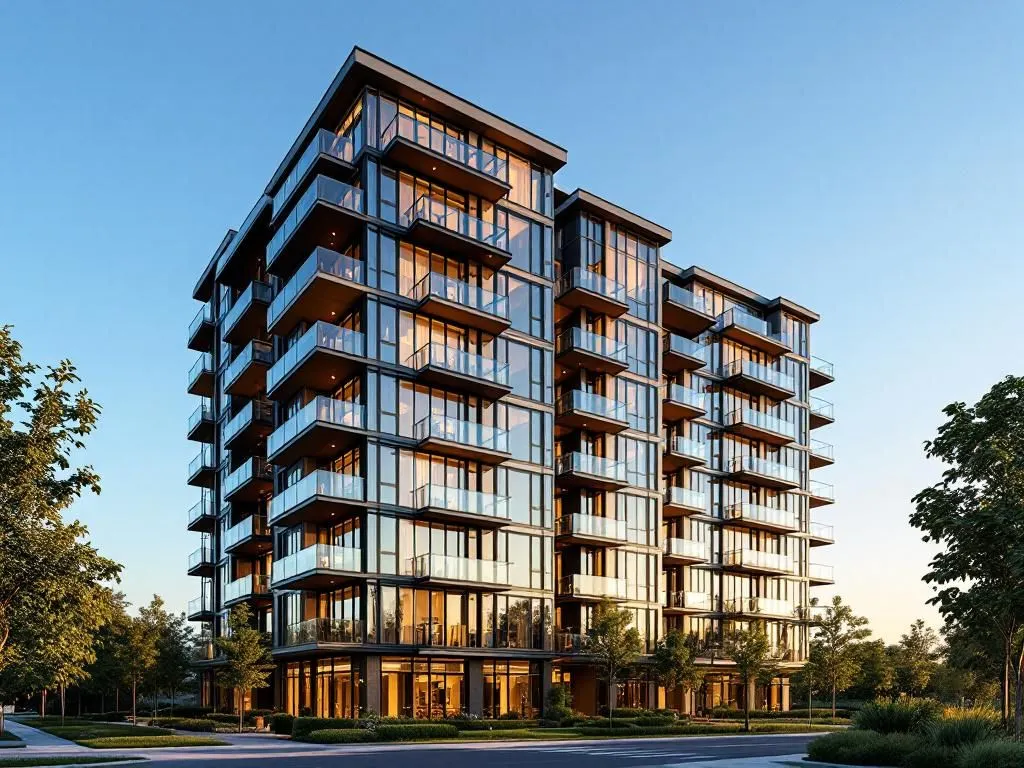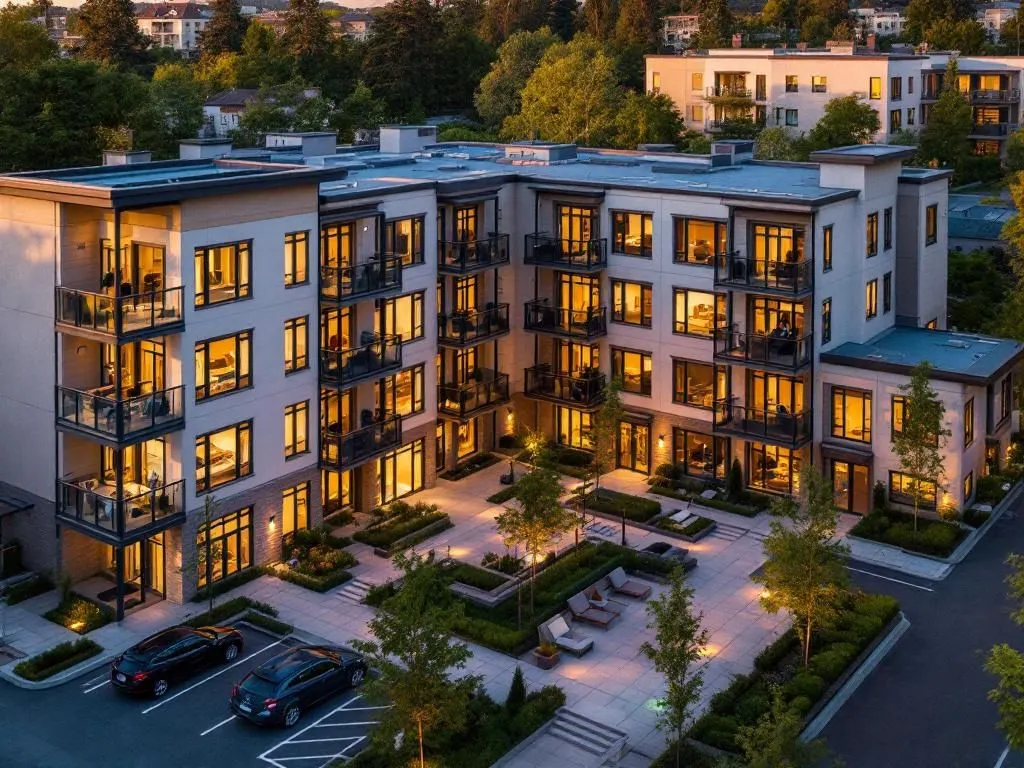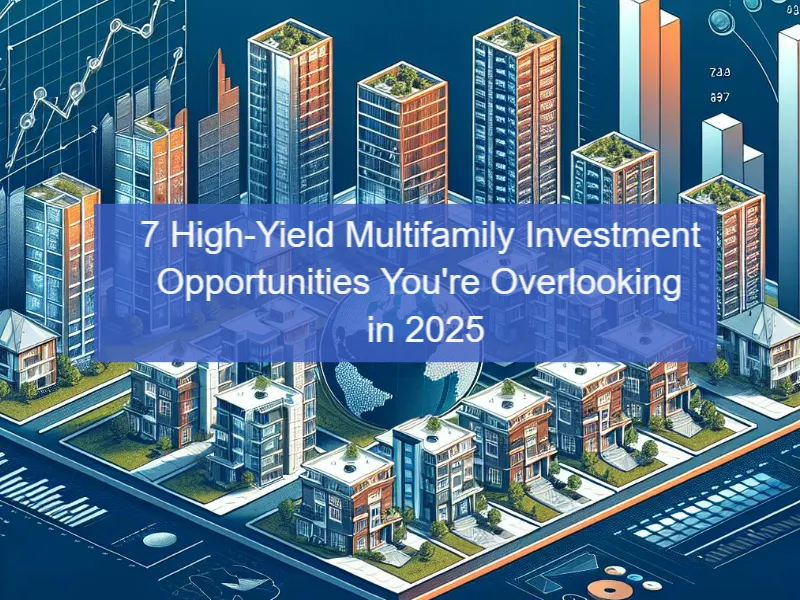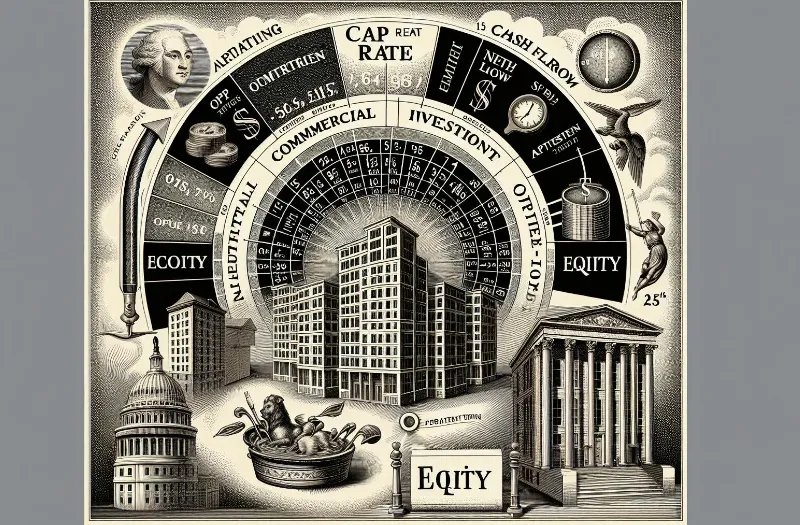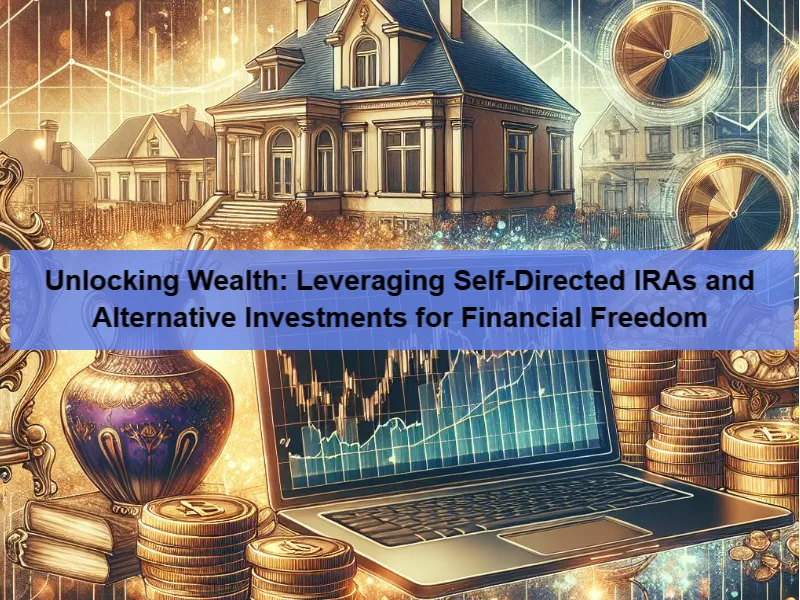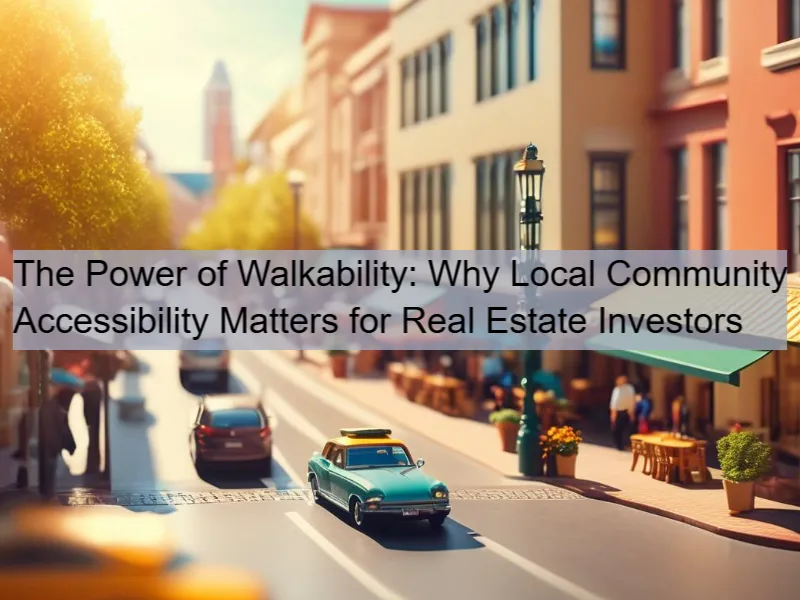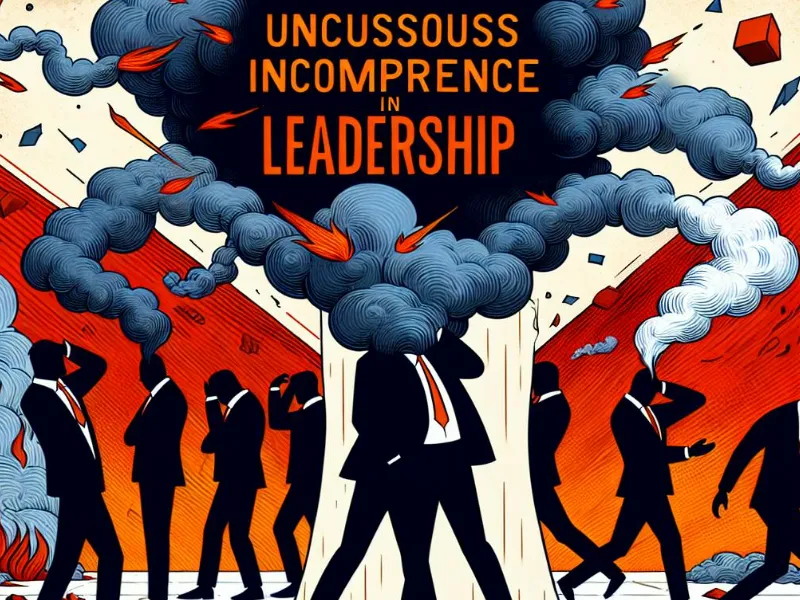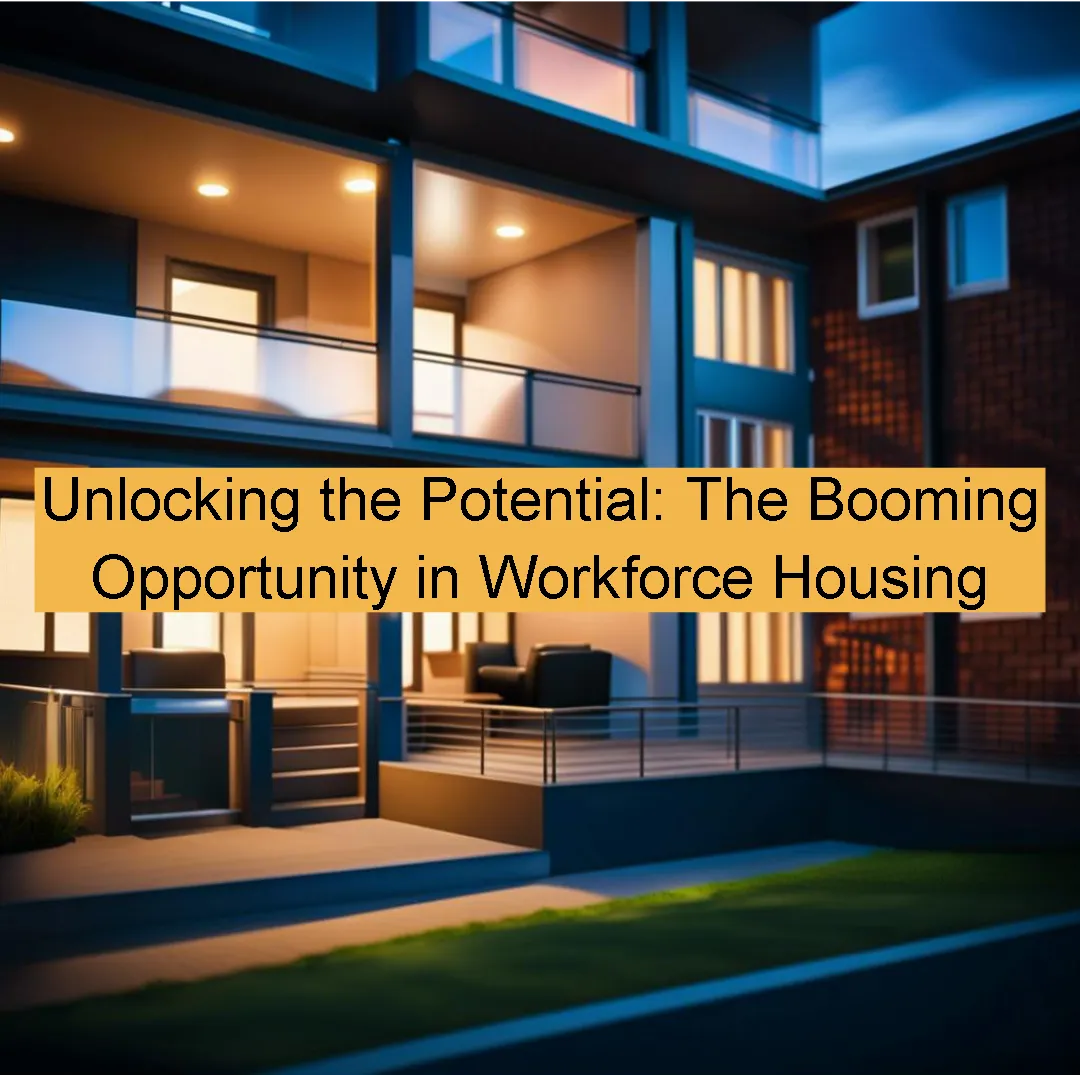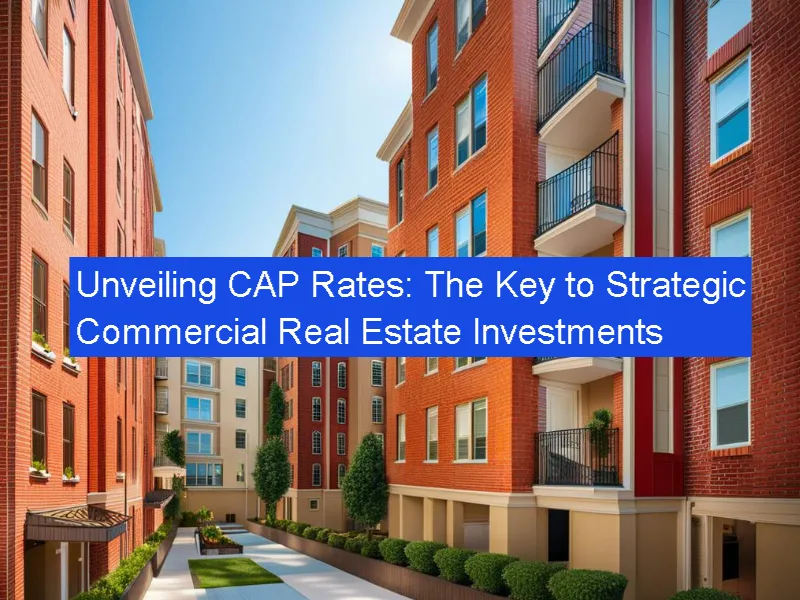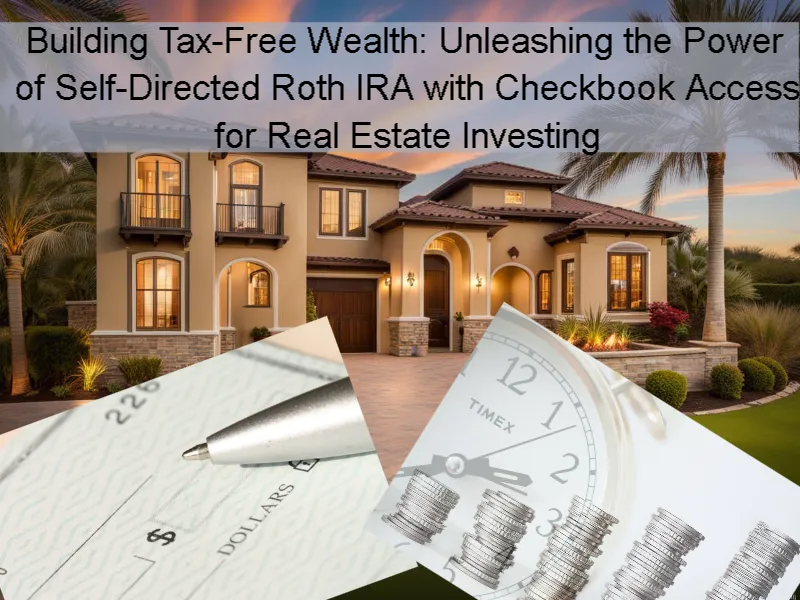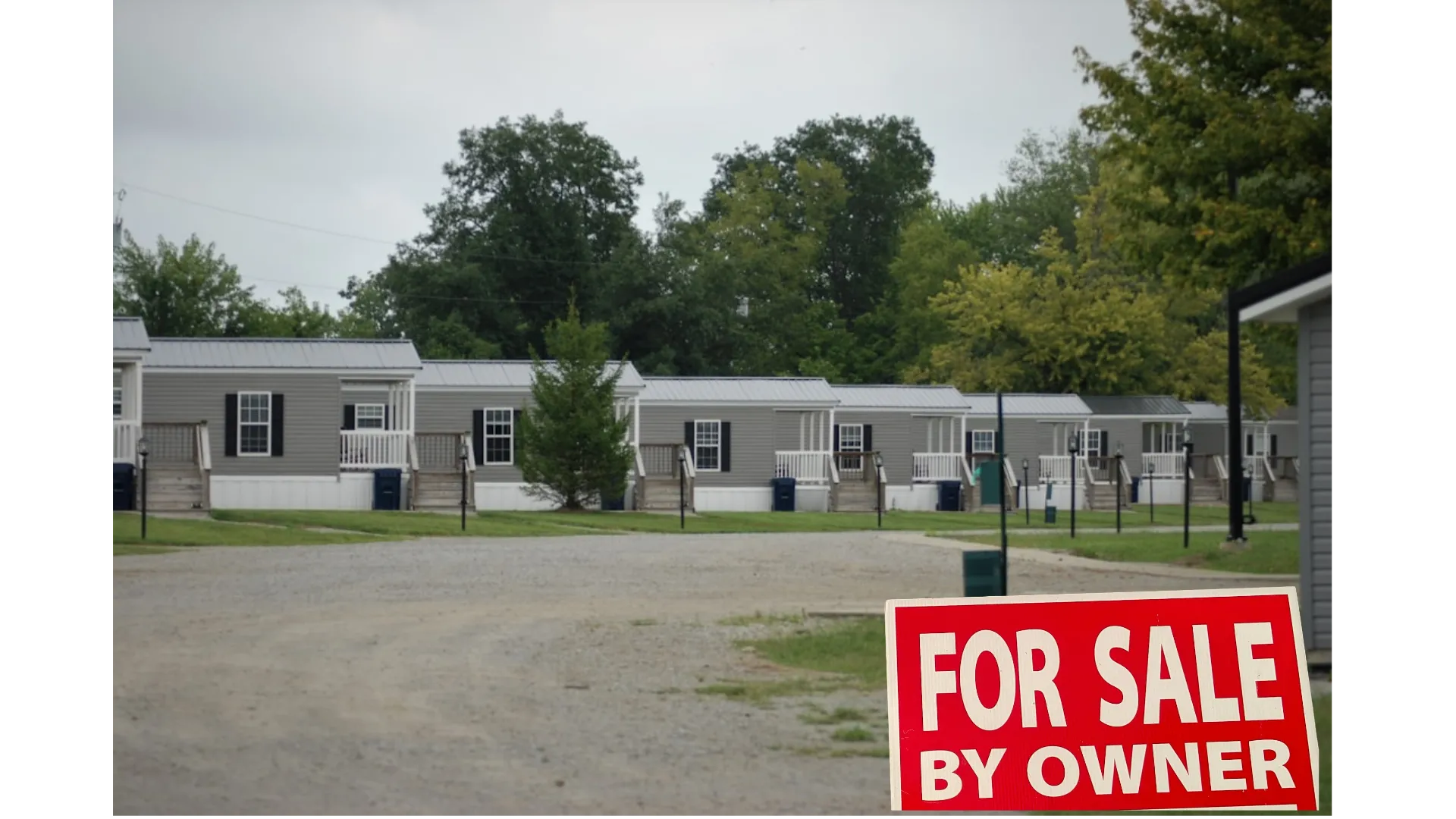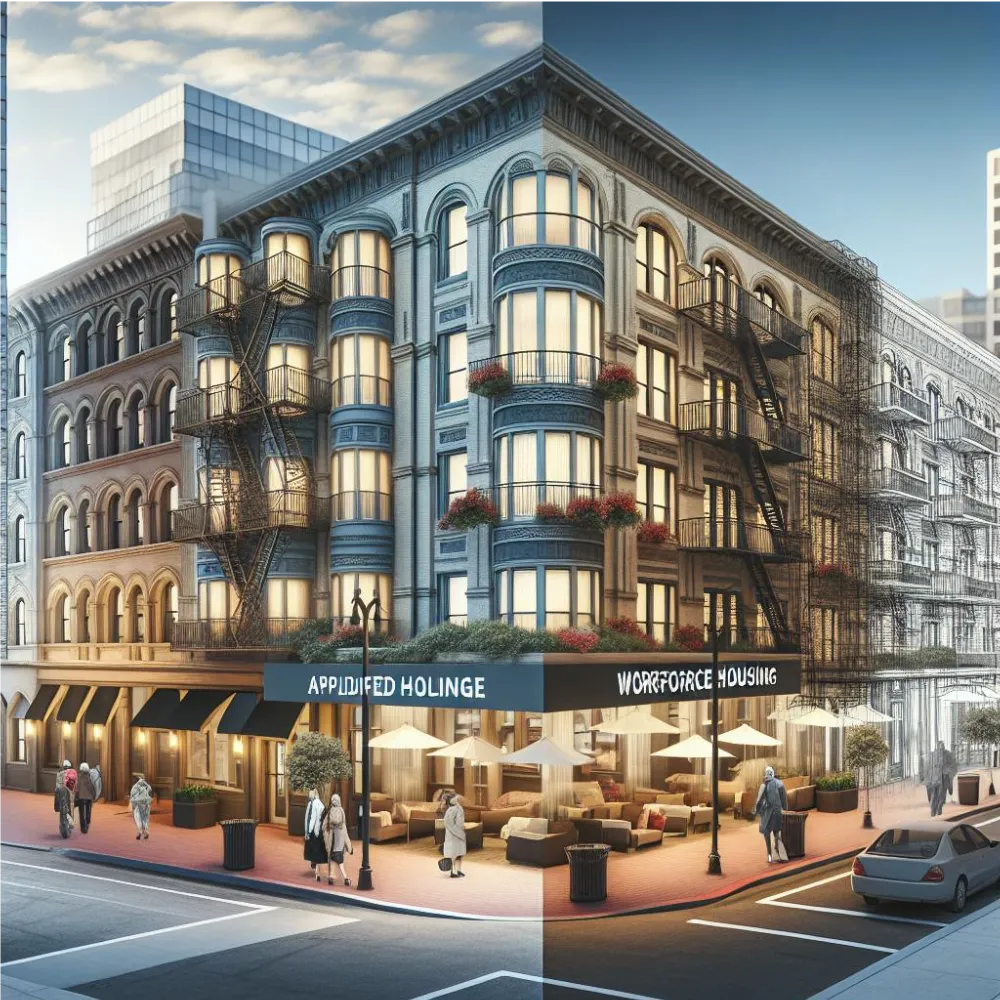The Power of Walkability: Why Local Community Accessibility Matters for Real Estate Investors
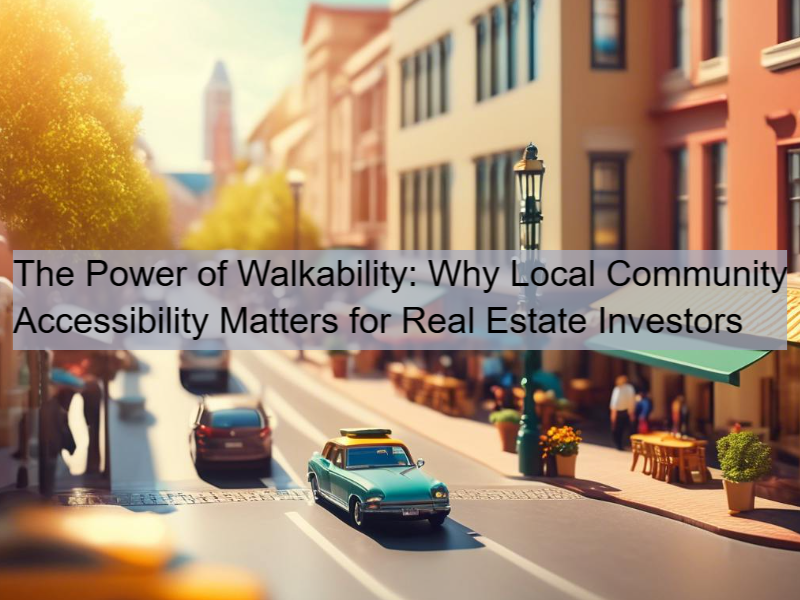 In an era where convenience reigns supreme, the importance of walkability in local communities cannot be overstated, especially for real estate investors.
In an era where convenience reigns supreme, the importance of walkability in local communities cannot be overstated, especially for real estate investors.
From enhancing property values to boosting tenant satisfaction, the connection between walkable neighborhoods and successful investments is profoundly impactful.
This article explores the significance of walkability when considering workforce or attainable housing, drawing insights from influential investors and showcasing real-life examples.
Understanding Walkability and Its Impact
What is Walkability?
Walkability refers to how friendly an area is to walking.
Key factors include proximity to amenities, safety, sidewalks, and urban design.
A community that promotes walking not only attracts residents but also supports a healthy lifestyle and a vibrant local economy.
The Benefits of Walkability for Investors
- Higher Property Values: Walkable neighborhoods tend to command higher property values due to desirability. Homes close to schools, parks, shops, and transit often appreciate faster than less accessible areas.
- Increased Demand: A rise in demand for walkable areas leads to lower vacancy rates. Renters increasingly prefer neighborhoods where they can access services without relying on cars.
- Sustainability: Walkable communities encourage sustainable living practices, making them appealing for investors who prioritize environmental responsibility.
Influential Investors Speak on Walkability
Real estate giants like Sam Zell and Robert Kiyosaki recognize the importance of walkability in their investment strategies.
Here’s how some have leveraged this concept:
Sam Zell: The Importance of Accessibility
Sam Zell, a legendary real estate investor, often cites the critical role of location in determining a property's success.

He states, "The three most important aspects of real estate are location, location, location."
Investing in areas that are walkable ensures that tenants have easy access to amenities, which enhances tenant retention and overall satisfaction.
Robert Kiyosaki: Investing in Communities
Kiyosaki, author of Rich Dad Poor Dad, emphasizes investing in community-oriented properties.
He highlights that understanding local dynamics, such as walkability, can provide invaluable insight.
“It's not just about buying properties; it’s about buying in the right neighborhoods,” he asserts.
Successful Examples of Walkability Impacting Investments
Single-Family Homes
Consider the case of Trisha H., an investor in Austin, Texas.
She purchased a single-family home in a highly walkable neighborhood.
The property appreciation rate significantly outpaced the market, and her rental income soared because families were eager to live in a community with access to good schools and parks.
This reinforces the concept that investing in walkable areas can provide robust returns.
Apartment Complexes
The Geller Group has built a reputation for developing apartment complexes in walkable neighborhoods in Nashville, Tennessee.
By focusing on areas close to cultural hotspots and dining, they have consistently attracted young professionals, leading to increased occupancy rates.
Their CEO, Mark Geller, explains, “When we invest in walkable neighborhoods, we see instant demand that translates into profitability.”
Mobile Home Parks
Mobile home parks represent another unique opportunity. Investor Derek Bowden strategically acquired a park situated within walking distance of essential services.
By enhancing the community’s walkability, he experienced increased tenant satisfaction and lower turnover rates.
The result?
Consistent cash flow and a growing reputation for quality living conditions.
How Walkability Simplifies Real Estate Investing
Easier Property Management
Properties in walkable communities often have tenants who take pride in their surroundings.
This leads to a culture of respect and upkeep, simplifying management for investors.
Positive tenant relations result in fewer issues, translating into lower management costs.
Streamlined Marketing Strategies
Market properties in walkable areas with the tagline:
“Everything you need within walking distance.”
Highlighting walkability can significantly increase interest and generate leads, allowing investors to fill vacancies more quickly.
Appeal to a Broader Audience
Young professionals, families, and retirees alike are attracted to walkable neighborhoods.
This diversity broadens the pool of potential tenants, making it easier for investors to maintain occupancy rates across demographic shifts.
Real Examples of Walkability Boosting Investments
The Waterfront, Portland
Portland's Waterfront area showcases how a focus on walkability can pay off.
Real estate investors who invested in properties along the riverfront saw rapid appreciation due to its walkable, bike-friendly design and access to parks and eateries.
The Beltline, Atlanta
The Atlanta Beltline is an excellent example of urban renewal led by walkability initiatives. Investors who purchased properties nearby prior to development have seen their values skyrocket.
Enhanced connectivity and access to outdoor spaces resulted in a flourishing rental market.
Enhancing Your Investment Strategy
Researching Walkable Areas
Before investing, conduct thorough research on potential neighborhoods. Look for:
- Availability of sidewalks and bike lanes
- Proximity to essential services (groceries, schools)
- Public transportation options
- Safety measures in place
Engaging with Local Community
Investors can increase their success by engaging with local communities.
Participation in town halls or neighborhood events can provide insights into what residents value, further enhancing the attractiveness of your properties.
The Future of Walkable Investment Strategies
As cities continue to evolve, the emphasis on walkability will only grow.
Investors who adopt this mindset will not only be meeting tenant demand but also contributing positively to the fabric of their communities.
Embracing Technology
Leverage technology to monitor the walkability of neighborhoods through apps and websites that provide real-time data.
This will allow you to make informed decisions as you expand your portfolio.
In Conclusion: A Call to Action for Investors
Walkability is not just a trend; it is a crucial element of modern living and a smart investment strategy.
As you consider your next investment in workforce or attainable housing, remember the profound advantages of choosing walkable communities.
Key Benefits to Remember:
- Increased Property Value: Walkable neighborhoods appreciate faster.
- Lower Vacancy Rates: High demand for walkable properties leads to stable income.
- Diverse Tenant Pools: Walkability attracts a range of tenants.
Investors must recognize that walkability transforms properties into thriving communities.
By prioritizing this feature, you can not only enhance your investment outcomes but also contribute to creating vibrant, accessible, and sustainable neighborhoods.

